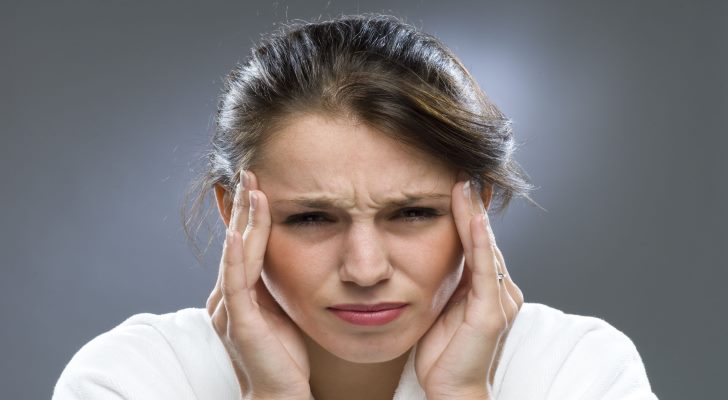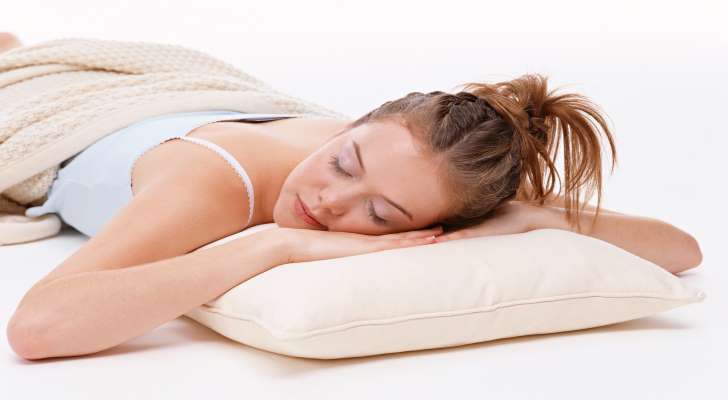
An abrupt migraine attack has been described in reports as a combination of head pain and sensory sensitivity. Many individuals notice early warning signs (prodromal features) such as mood change, neck stiffness, or food cravings. These observations are used in research to study potential preventive strategies at the population level. Triggers differ among individuals, yet several frequently reported patterns recur across accounts. Identifying one’s own patterns is discussed in studies as a way to understand subsequent headaches without implying specific management steps.

Medicine overdose. Clinical literature uses the term Medication Overuse Headache (MOH) for headache occurring on many days per month associated with regular overuse of acute headache medication. Descriptions note that MOH can maintain or intensify headache frequency. References discuss specific drug classes (e.g., combination analgesics, opioids, butalbital-containing products) in relation to MOH, emphasizing that approaches to addressing MOH are determined in clinical contexts rather than inferred from general descriptions.

Certain scents are frequently reported as triggers. Osmophobia—heightened sensitivity or aversion to odors—commonly appears during migraine episodes in observational studies. Accounts mention perfumes, fuels, cleaning agents, and concentrated food aromas among stimuli associated with onset or worsening of an attack in some individuals.

Light sensitivity is widely noted. This photophobia may involve discomfort from daylight, flicker, or certain artificial sources. Investigations into spectral effects include work on narrow-band wavelengths; some studies explore green-spectrum exposure and report variable findings across participants. The evidence base is evolving, and responses differ among individuals.

Dehydration. Many people with migraine report that insufficient fluid intake coincides with headache onset or intensification. Descriptive studies list dizziness, lightheadedness, and fatigue among co-occurring sensations. Discussions of diuretic use appear in some analyses as potential contributors in specific contexts, without implying universal effects.

A frequently cited list of food appears in surveys examining diet-associated triggers. Items often mentioned include foods containing monosodium glutamate or histamine, certain artificial sweeteners (such as aspartame), chocolate, aged cheeses and other dairy products, processed meats, and sources of caffeine, along with strongly aromatic foods. Not all individuals identify the same items, and associations vary across studies.

Changeable weather. Research describes links between migraine and meteorologic factors such as temperature extremes, storms, and barometric pressure shifts. Heat and humidity are also discussed in relation to fluid balance. While weather cannot be modified, documentation of temporal associations is common in diaries used in population studies.

Alcohol and caffeine. Reports on these exposures are mixed. Some individuals describe headache after alcohol or caffeine intake, while others report relief with small amounts of caffeine during an attack. Red wine is often cited in surveys, yet reactions vary, and no single beverage is uniformly implicated across all studies. Observational findings emphasize individual variability.

Epidemiologic summaries indicate that migraine is more frequently reported by women than men. Many women identify cyclical patterns, and the term “menstrual migraine” is used for attacks temporally associated with menses. Publications discuss fluctuations in estrogen and progesterone as potential contributors, alongside lifestyle and sleep factors; these discussions are descriptive rather than prescriptive.

An irregular sleep schedule is commonly listed among triggers. Studies associate both sleep loss and oversleeping with higher odds of migraine occurrence. Diary-based research notes that attacks are often recorded in early morning hours in some cohorts, though proportions differ by sample and methodology.

Stress. Perceived stress is repeatedly identified in surveys as a prominent factor associated with migraine onset and post-attack fatigue. Anticipatory worry about future attacks is also described in qualitative studies as part of the overall burden. These observations are presented to characterize patterns rather than to prescribe coping approaches.
Learn more about migraine and its triggers at National Institute of Neurological Disorders and Stroke.

